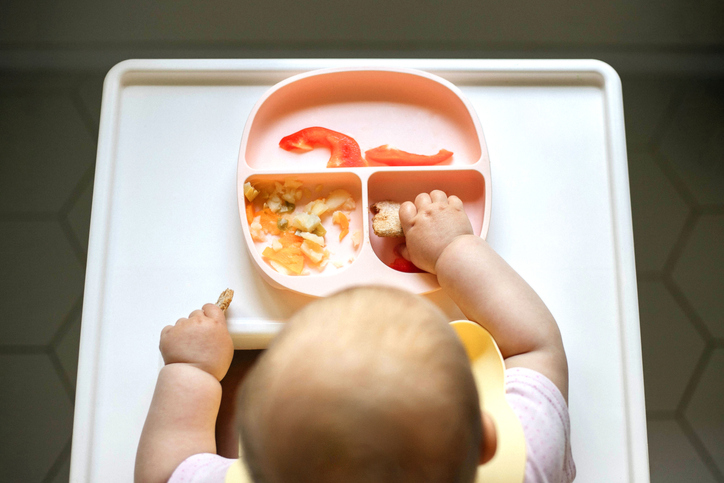
Source: Evgeniia Siiankovskaia / Getty
My co-host is expecting his first child any day. I thought this might be a great opportunity to review steps to make your space safe if you’re in the same position or if grandchildren might be visiting. Babyproofing 101!
Babyproofing your home should be a top priority, as it can prevent accidents and create a secure environment for your little one. Today’s Homeowner has created five essential steps to help you babyproof your home effectively, with a checklist for every room.
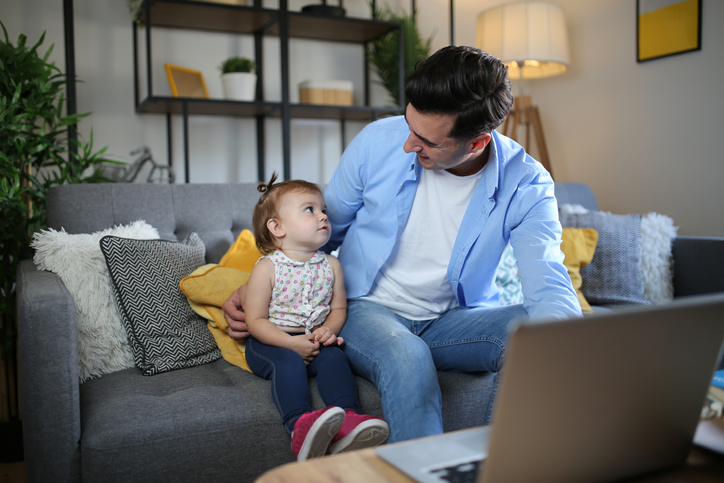
Source: NSimages / Getty
5 steps for babyproofing:
- Take on bigger projects first: Start by assessing your home’s overall safety. Check for lead paint, especially if your home was built before 1978. Install smoke and carbon monoxide detectors throughout your home to alert you in emergencies.
- Get on their level: See your home from your baby’s perspective. Get down on the floor and look for small items that could be choking hazards. Also, check for small batteries and remove them from reach.
- Prioritize furniture safety: Secure heavy furniture and appliances using anchors to prevent tipping. Furniture tipping is a significant danger for children, with an estimated 7,900 annual emergency-department-treated injuries of those under 18. Use corner guards to protect your baby from sharp corners. Opt for cordless window coverings to prevent strangulation.
- Inspect for burn hazards: Use screens or barriers to prevent your child from touching heat sources like fireplaces, radiators, or stoves. Set your water heater temperature to 120 degrees Fahrenheit or lower. Unplug appliances when not in use to avoid potential burns.
- Utilize baby gates: Install safety gates at the top and bottom of stairs to prevent falls. Use a wall-mounted gate at the top of the stairs for added security. Baby gates can also be used to block off high-risk areas like the kitchen, bathroom, or laundry room.
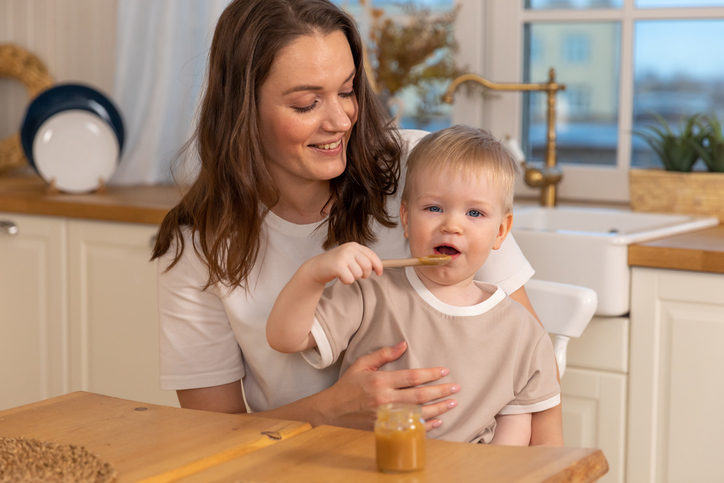
Source: Iuliia Zavalishina / Getty
These rooms require extra attention:
- Nursery: Use crib sheet holders, store baby wipes out of reach, and position the crib away from potential hazards.
- Kitchen: Store sharp objects in locked drawers, add burner knob covers, and use non-skid pads under rugs.
- Bathroom: Install safety latches on cabinets and toilets, use a bath water thermometer, and store cleaning supplies out of reach.
- Living room: Restrict access to certain areas with door knob covers and locks, add corner and edge bumpers to furniture, and cover electrical outlets.
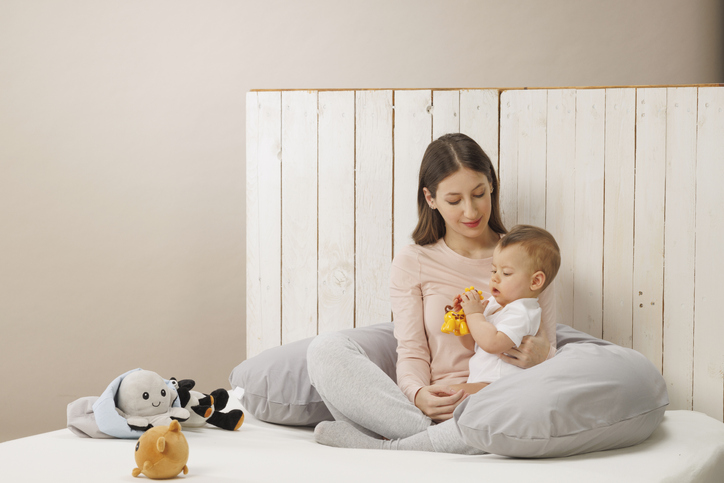
Source: ultramarinfoto / Getty
In today’s tech-savvy world, smart home devices can enhance the safety of your home even further. Security cameras, smart locks, door sensors, and movement-tracking baby monitors can provide extra protection and peace of mind for parents.
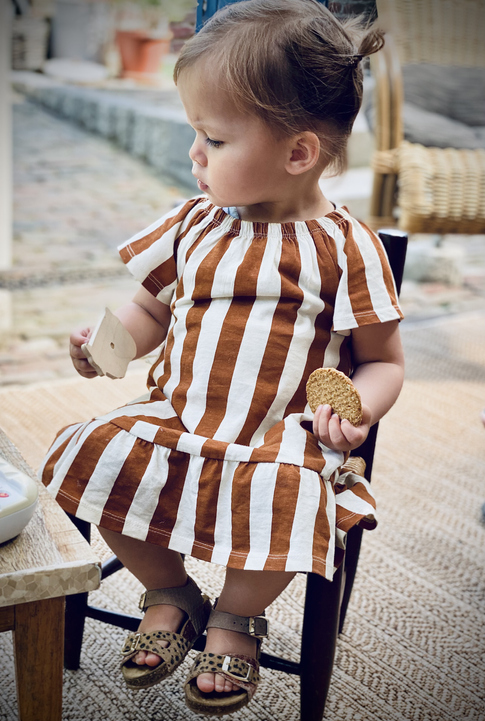
Source: middelveld / Getty
By following these steps and prioritizing the safety of every room, you’ll create a secure environment for your baby to grow and explore. Remember, babyproofing your home is an ongoing process, so continue to reassess and make necessary adjustments as your child grows.












